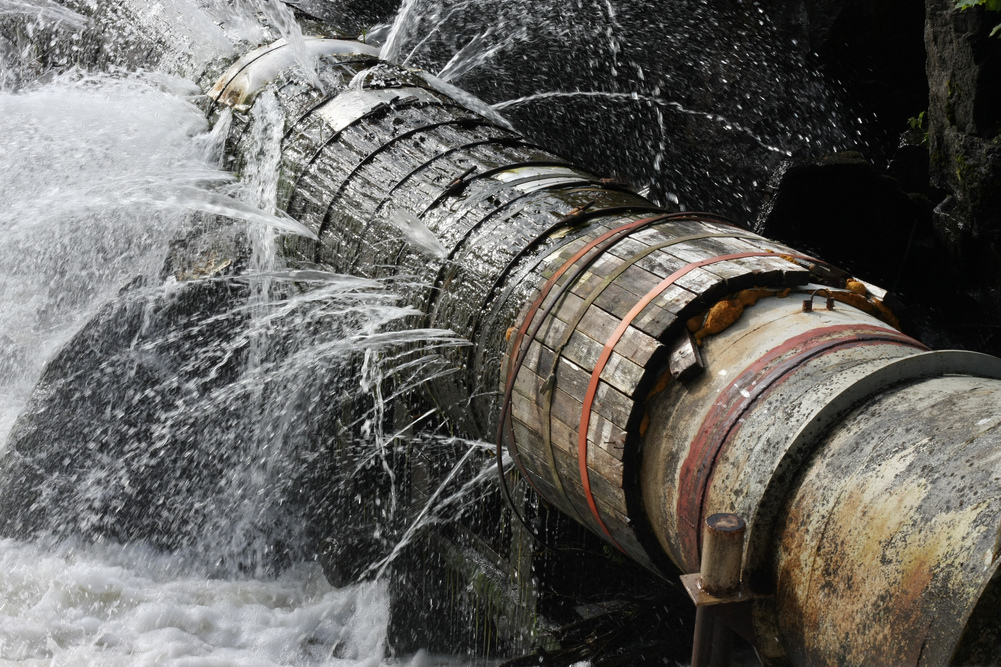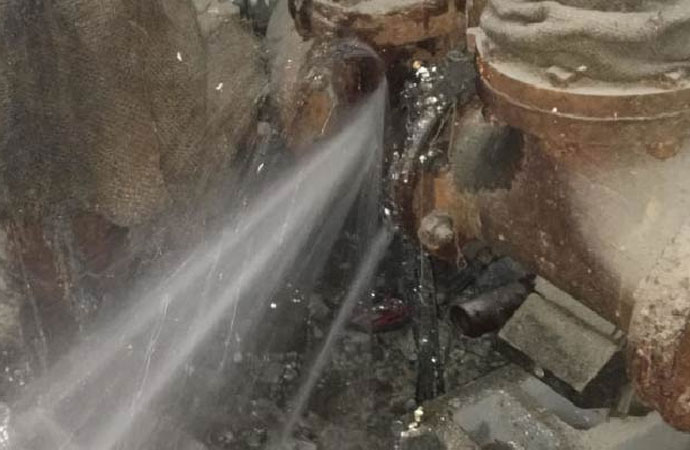Recognizing a Pipe Burst and Swiftly Restoring It Efficiently
Recognizing a Pipe Burst and Swiftly Restoring It Efficiently
Blog Article
In this article in the next paragraph you can discover lots of superb guidance on the subject of What to Know Before Installing a Dishwasher.

A ruptured pipeline is a major emergency; you can only stand as you enjoy water you pay dearly to rejoin with the planet. In worse situations, you observe a swimming pool on your kitchen floor, which is a great trip danger, especially if you have kids around. If the pipe that burst remained in your wall surfaces, bad news: you may need to paint that entire section.
Just how can a calamity like a burst pipeline be stopped and also managed? Well, by listening to your expert emergency plumbers and complying with these policies.
Just how do I recognize when my pipelines have ruptured?
Fluctuating water pressures
Pipes do not just burst in a day. You may have observed that your cooking area faucet or shower does not run immediately when you turn the faucet. It may stop briefly for a few seconds and after that blast you with more force than typical.
In other circumstances, the water may seem regular in the beginning, then drop in stress after a few secs.
Infected water
Lots of people assume a ruptured pipeline is a one-way outlet. Fairly the contrary. As water flows out of the hole or wound in your plumbing system, pollutants discover their way in.
Your water may be contaminated from the resource, so if you can, check if your water storage tank has any issues. Nonetheless, if your drinking water is provided as well as cleansed by the local government, you need to call your plumber quickly if you see or smell anything funny in your water.
Puddles under pipelines and also sinks
When a pipeline ruptureds, the outflow forms a pool. It might appear that the puddle is expanding in dimension, and also despite the number of times you mop the pool, in a couple of minutes, there's another one waiting to be cleansed. Usually, you might not have the ability to trace the puddle to any noticeable pipelines. This is a sign to call a professional plumber.
Damp walls and water discolorations
Before a pipe bursts, it will certainly leakage, many times. If this persistent dripping goes unnoticed, the leakage may graduate right into a broad wound in your pipeline. One easy way to prevent this emergency is to watch out for damp wall surfaces ad water spots. These water discolorations will lead you right to the leakage.
Untraceable dripping noises
Pipe bursts can take place in the most unpleasant areas, like within concrete, inside walls, or under sinks. When your home goes quiet, you may be able to listen to an irritatingly relentless trickling sound. Even after you have actually checked your shower head as well as kitchen faucet, the leaking may continue.
Precious reader, the dripping may be originating from a pipe inside your walls. There isn't much you can do regarding that, other than tell a specialist plumber.
Turn up the Warm
Establish fans to blow warmth into cool rooms. Keep the garage door shut. If you have minimized water circulation, heat one of the most vulnerable pipes (normally in basements and crawl spaces or near outside wall surfaces) with a hair dryer. Leave the tap on while you apply warm. As you thaw ice, the flow will boost. To stop pipes from freezing, insulate your walls.
Begin Eliminating the Water
Get the wipe, containers and a store vacuum to begin to get rid of the water since you absolutely do not want it soaking into everything else in the house. And also, a quick clean up will minimize the opportunities of something getting musty.
What do I do when I detect a ruptured pipe?
Your water meter will certainly remain to run even while your water wastes. To decrease your losses, find the major controls and turn the supply off. The water pipe are an above-ground framework beside your building.
How to Fix & Detect a Leaking Pipe
How Do I Know if a Pipe is Leaking?
Leak detection tests can help you determine if your pipe has a leak. Even if you don’t see an apparent leak, you should still conduct leak detection tests regularly to save water and money—and prevent major damage to your home.
Water meter. It can be helpful to figure out what your usual water meter usage numbers are and then monitor them regularly. To monitor your meter, first, turn off all water faucets in your home. Check the meter and write down the numbers. In a few hours, check the meter again. If the numbers have changed, you have a leak. Water gauge. Use a water gauge to test your water pressure. Your showerhead should produce a certain amount of water pressure based on its model and design. If the pressure is lower than it is supposed to be for that specific showerhead, your home likely has a leak. Puddles. Look inside your bathroom, laundry, and kitchen sink cabinets. Puddles around the cabinets or around toilets, tubs, showers, and washing machines indicate the presence of a leaking pipe. You may also notice loose tiles, peeling or flaking paint, or mold caused by water accumulation. Napkin test. Even if you don’t see any puddles, you may still have a leak. You can test for water leaks in the bathroom, laundry, and kitchen by wiping below-sink connections with a napkin, paper towel, or piece of toilet paper. If it becomes damp, you probably have a leaking pipe under the sink. Discolored walls. Walls that are discolored—usually with brown or yellow stains—or bulging might mean that they have been impacted by water damage caused by a leaking pipe. Smell. A leaky pipe will create sitting water, and over time, that water may develop a musty smell. If your home smells musty, but you can’t locate the source, it may be due to a leak. Steps for Fixing a Leaking Pipe
A leaky drain can be remedied by tightening the pipe base, replacing the drain seal, caulking the rim, and tightening the pipe nut. Similarly, a leaking toilet pipe can be treated by tightening the packing nut. You may also need to replace the valve. A leaky faucet may just need tightening or replacement of the washers. If that doesn’t work, consider replacing your faucet. If your pipe has a hole in it, you may want to use a pipe leak sealer or pipe leak tape. This quick fix for water pipe leaks can also temporarily fix a copper pipe leak. https://www.ahs.com/home-matters/quick-tips/how-to-tell-if-pipes-are-leaking/

We hope you liked our section on What to Know Before Installing a Dishwasher. Thanks a lot for taking a few minutes to read our article post. In case you appreciated our article kindly don't forget to share it. We value reading our article about What to Know Before Installing a Dishwasher.
Set An Appointment Report this page